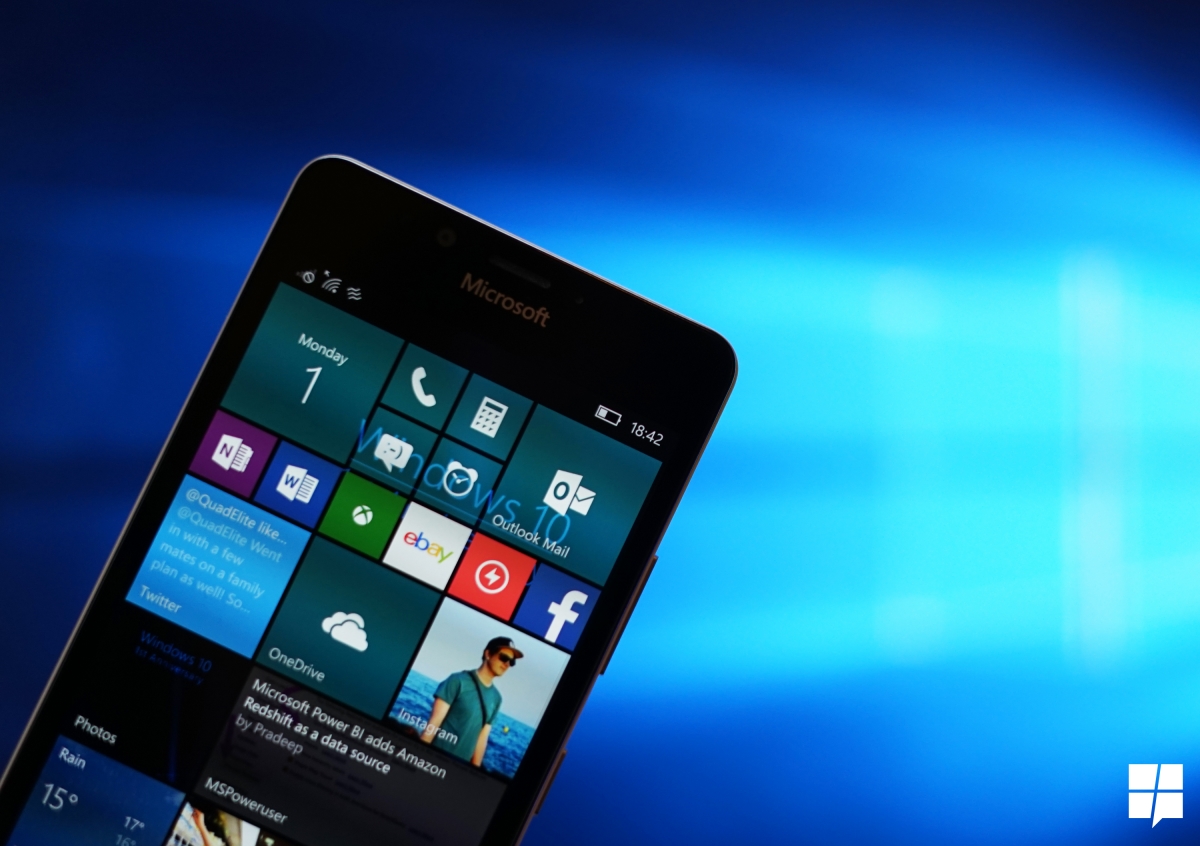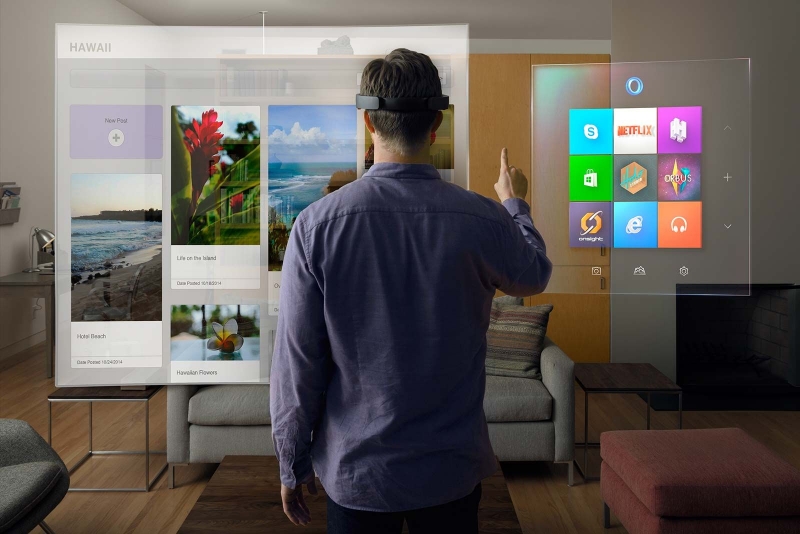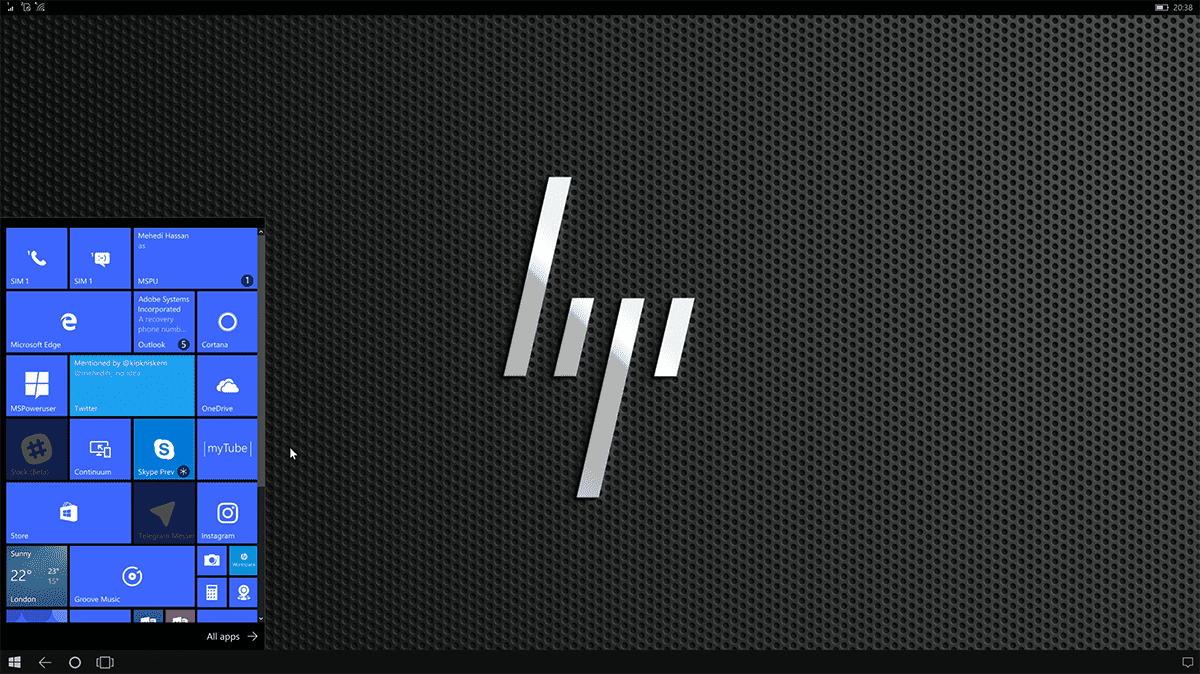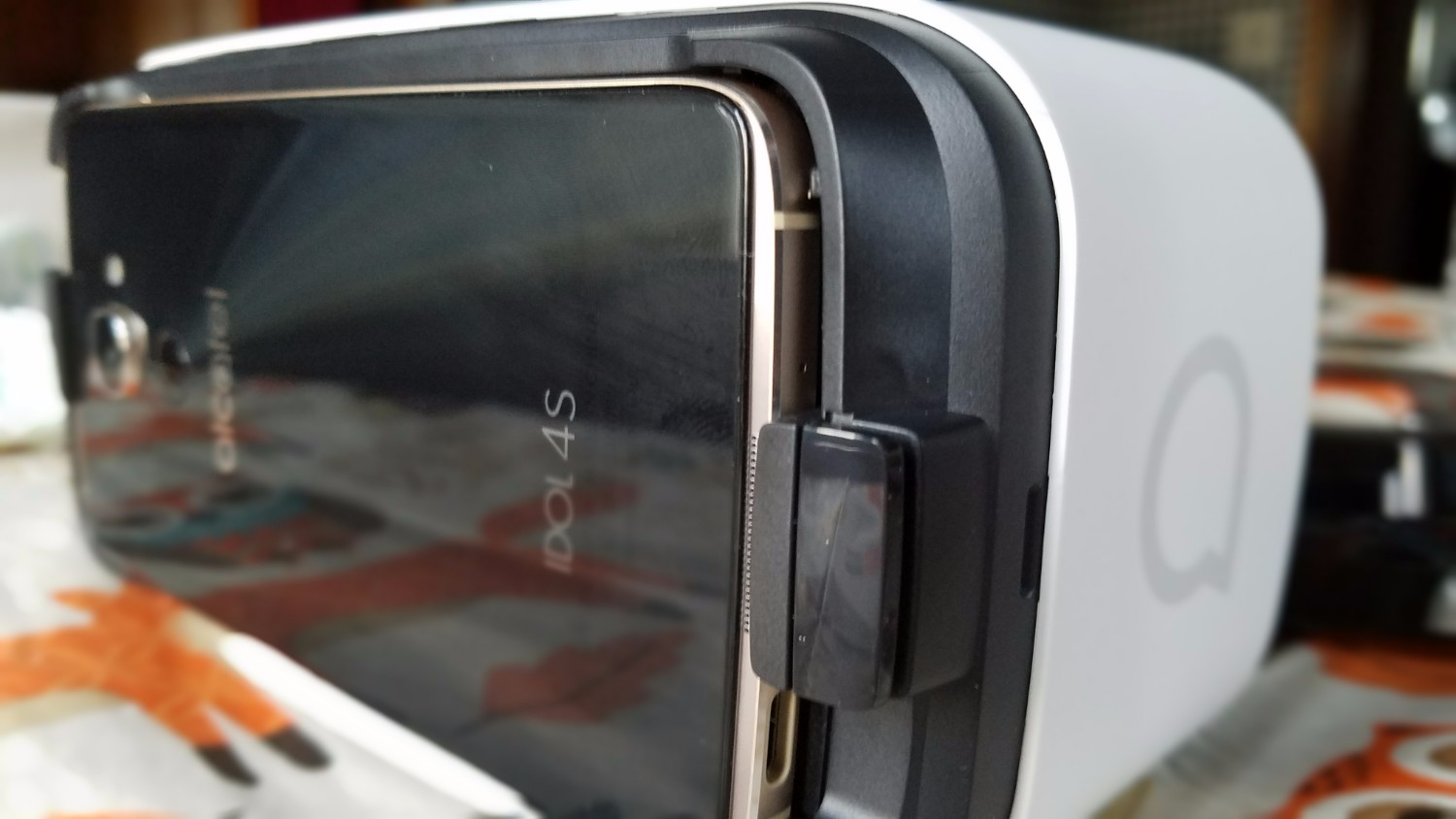Editorial: An improved Continuum experience and Holograms can be exactly what Windows 10 mobile needs to succeed
6 min. read
Published on
Read our disclosure page to find out how can you help MSPoweruser sustain the editorial team Read more

2016 has been one hell of a year for Windows 10 mobile. From decreasing sales and slipping into the negligible “other” category, to a lack of support from Microsoft themselves, and software that seemingly has a hard time keeping up with its competitors, Windows 10 mobile just seems incapable of actually being a viable contender in the mobile market when it’s compared to Android and iOS. However this year hasn’t been all negative for the mobile OS, as this year saw the release of some pretty high-end third-party handsets, including the Acer Jade Primo, the HP Elite X3, and the recently released Alcatel Idol 4S, all equipped with Windows latest mobile OS (if not out-of-box, upgradable) and the stand out Continuum feature. But even though each of these devices is great in its own rights, its the last device that I want to focus on, as it brings about a new feature that no other Windows device before it has, virtual reality. But I’ll get to that later. Right now I want to talk about two of Window’s biggest assets.
Holograms
At the beginning of last year, Microsoft introduced us to Hololens, a no strings attached headset that immerses the user into a mixed virtual and augmented world, overlapping holographic elements onto the world around you. Since then, Microsoft has released both a developer and consumer edition of the headset, and has time and time again reaffirmed its commitment to the platform, even going so far as stating that it may be the next big category in computing, and adding support for its Holographic shell in the new Windows 10 Creators update.
Continuum
Right now, Windows 10 mobile offers little to no value to existing smartphone customers. It’s still lagging in the app department, it has a major problem with its own UWP apps, and although every new Windows Insider build improves upon the previous one, none of them are actually complete builds ready for retail release. However, the OS does have its advantages, including Microsoft’s ecosystem (though it could stand for better integration like it has on the desktop version of Windows 10), the potential of UWP apps, and of course Continuum.
Of all of the aforementioned features, Continuum is the one with the most promise. Right now no other popular mobile OS has a comparable feature, and Microsoft needs to use that to its advantage. But for all that it stands for, there are still many abilities that Continuum lacks, such as multi-window support, running apps above the lock screen, and even flash for Edge. When Microsoft gets on board with this, Continuum can be the next big “It” feature that every other phone wants to replicate. I mean who doesn’t want the ability to carry a full blown PC in your pocket, sans a monitor?
But so far, Continuum hasn’t given Windows 10 mobile that boost that it need to become a competitor in the mobile market. It definitely has the ability to shake things up, but so far it hasn’t; maybe it’s the lack of marketing, maybe the lack of devices actually using the feature, or maybe the practicality. But right now, Continuum needs a bit more to be useful. But that’s where the Alcatel Idol 4S comes in. What if Windows had the ability to be more than a one-trick pony?
As was mentioned earlier, the Idol 4S is the first Windows device that features virtual reality, and the feature works just as well as you would expect, analogous to Google Cardboard or Samsung Gear VR. But what if all Windows 10 mobile handsets featured Continuum, VR, and useful features like Windows Hello? What if the feature set was streamlined so that everybody who used the OS would get a similar experience? A useful experience. THAT may actually make for a compelling mobile platform!
I stumbled on a rather interesting idea on tech blog Pocketnow whilst reading reviews for the Idol 4S, including one from our very own Andrew Bennett. It mentioned the Alcatel Idol 4S supporting 3 UI methods. First, a smartphone UI, secondly, a desktop UI via Continuum. and lastly, a Windows Holographic UI when you pop it into the VR goggles. And after reading that I couldn’t help but think, what if Windows 10 mobile actually did support 3 user interaction methods? That would give it more than the leg up that it needs to compete with Android and iOS. Even though right now VR is a rather gimmicky feature, there are tons of users who can’t wait to get their first VR experience. What if you could purchase a mobile device that was able to give you that very experience, while (in theory) replacing your laptop/desktop at the same time?
Microsoft needs to stop playing catch up and needs to start figuring out how to leap over its competitors like it’s so focused on in the PC market. Regardless of what Redmond thinks, the mobile market isn’t going away anytime soon, and no $3000 headset is going to change that. Yes VR is cool, and Hololens is awesome, but Microsoft’s holographic vision needs to be more accessible to the average user.
Windows new Creators Update is set to be the next big release for Windows 10 following the most recent Anniversary Update. And among the many new features, one of the standout features is Windows 10 supporting the Holographic Shell, which will let users experience their whole desktop in a kind of 3D like environment (this feature isn’t confirmed as coming with the Creators update, only as coming sometime in 2017). But more than just Windows 10, Windows 10 mobile should support this feature as well. As VR goggles are readily available at low, can you imagine popping your W10M device into a VR headset and experiencing a mixed reality world similar to what is available on Hololens? That would be extremely unique, and a pretty easy sell. Couple that with the ability to run x86 apps on the handsets via an emulator, and you’d have a mobile platform like no other. And if recent rumors are to be believed, Project Cobalt, or what’s now referred to as CHPE, could be bringing that very feature to W10M sometime next year.
Like they did with the Surface lineup, Microsoft needs to reinvent the smartphone again (after Apple did in 2007). Imagine a complete mobile OS with the ability to run UWP apps that are actually stable, integrating with other parts of the OS; with support for interacting with the OS in a mixed 3D environment through a pair of standardized goggles; and having the ability to run desktop apps when docked to an external display. All of the tools are there, Microsoft just needs to utilize them in the best way they can, the ONLY way.
What say our readers? Can Microsoft actually bring W10M back from the dead and make it a viable mobile contender? Or is it too late for the platform, and should Microsoft focus their efforts elsewhere? Let us know in the comments section below!











User forum
0 messages